目录
一、idea安装webservice
1.点击左上file,选中settings编辑
2.下载Web Service
3.给此项目添加webservice
4.添加webservice的依赖
二、利用idea根据wsdl文件自动生成webService客户端代码(然后比照着生成的测试类进行接口或方法的调用)
1.打开tools -> WebServices -> Generate Java Code From Wsdl,按照图中顺序进行
2.按照图中顺序进行操作,最后点击OK
3.必须勾选Generate TestCase
4.wsdl文件转换生成Java代码:成功
5.如何使用生成的代码
三、直接利用Axis2调用wsdl类型接口:
一、idea安装webservice
1.点击左上file,选中settings
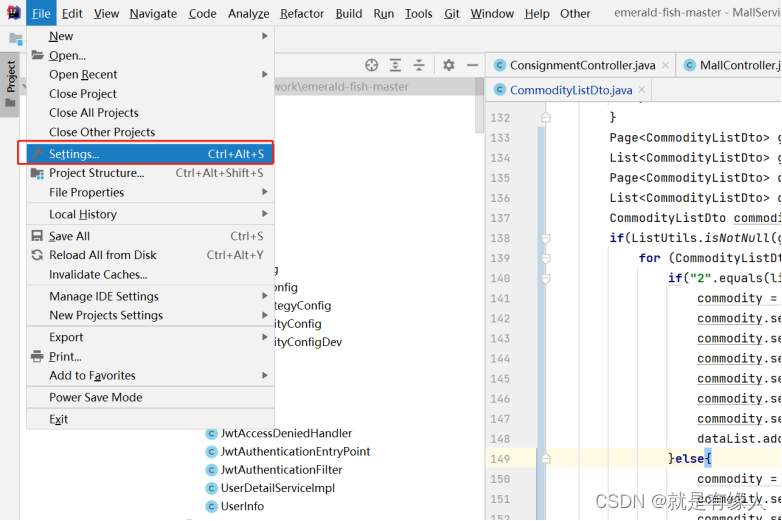
2.下载Web Service
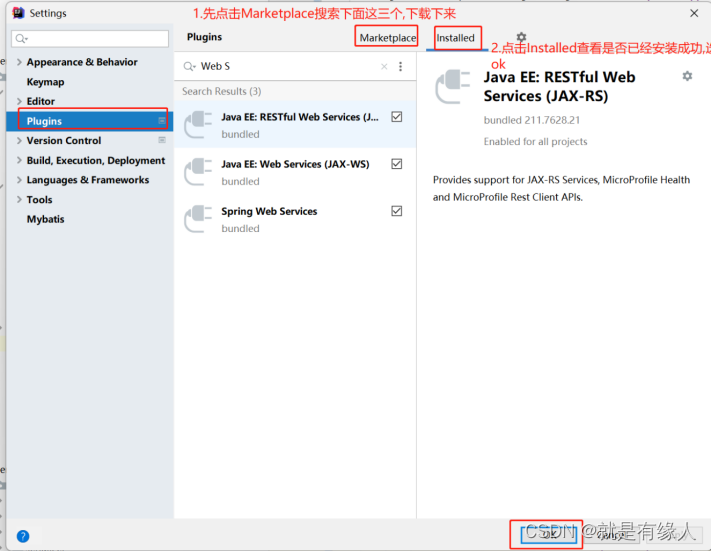
3.给此项目添加webservice
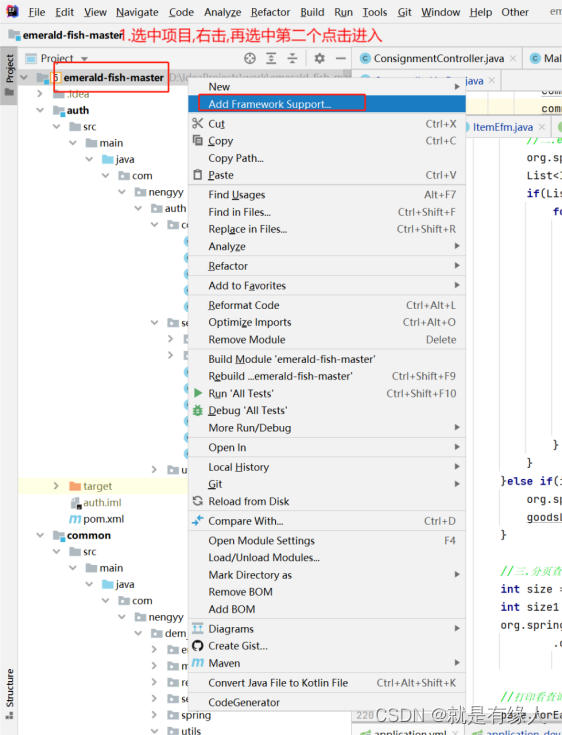
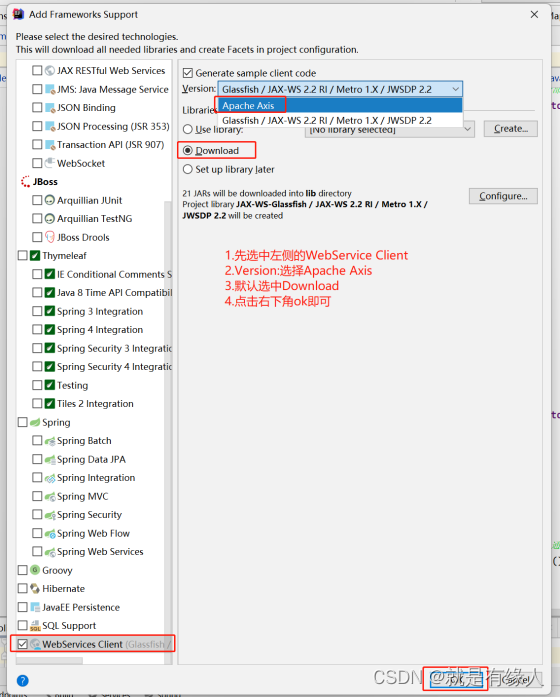
4.添加webservice的依赖
依赖加就行镜像用阿里云的基本都能下载<!-- axis 1.4 jar start --><dependency> <groupId>org.apache.axis</groupId> <artifactId>axis</artifactId> <version>1.4</version></dependency><dependency> <groupId>commons-discovery</groupId> <artifactId>commons-discovery</artifactId> <version>0.2</version> <exclusions> <exclusion> <groupId>commons-logging</groupId> <artifactId>commons-logging</artifactId> </exclusion> </exclusions></dependency><dependency> <groupId>org.apache.axis</groupId> <artifactId>axis-jaxrpc</artifactId> <version>1.4</version></dependency><dependency> <groupId>org.apache.axis</groupId> <artifactId>axis-saaj</artifactId> <version>1.4</version></dependency><dependency> <groupId>wsdl4j</groupId> <artifactId>wsdl4j</artifactId> <version>1.4</version></dependency>
<!--webservice的:TestCase需要的jar包-->
<dependency>
<groupId>junit</groupId>
<artifactId>junit</artifactId>
<version>4.12</version>
</dependency>
二、利用idea根据wsdl文件自动生成webService客户端代码(然后比照着生成的测试类进行接口或方法的调用)
步骤:1.利用idea根据wsdl文件生成代码,需要先将wsdl文件下载到本地
2.下载时无必要要求,选择Apache Axis,依赖需要自行百度搜索
3.下载后需要比照着测试类代码,写调用接口或方法的代码
好处:1.入参的参数不需要自己进行封装 , 特别容易写
2.返回值都被封装好了 , 可以很容易就取到 , 不用自己写解析代码
1.打开tools -> WebServices -> Generate Java Code From Wsdl,按照图中顺序进行
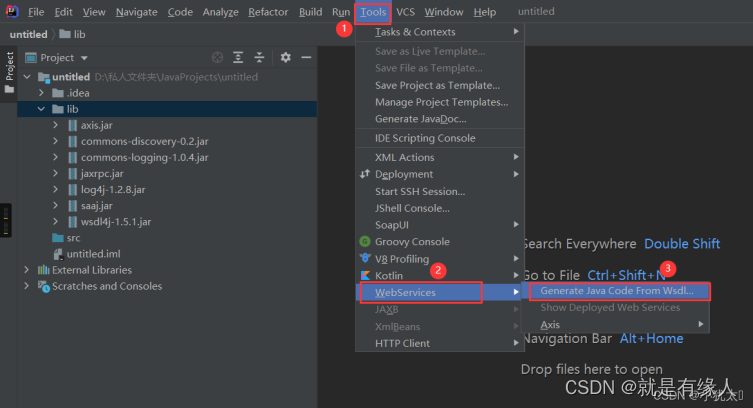
2.按照图中顺序进行操作,最后点击OK
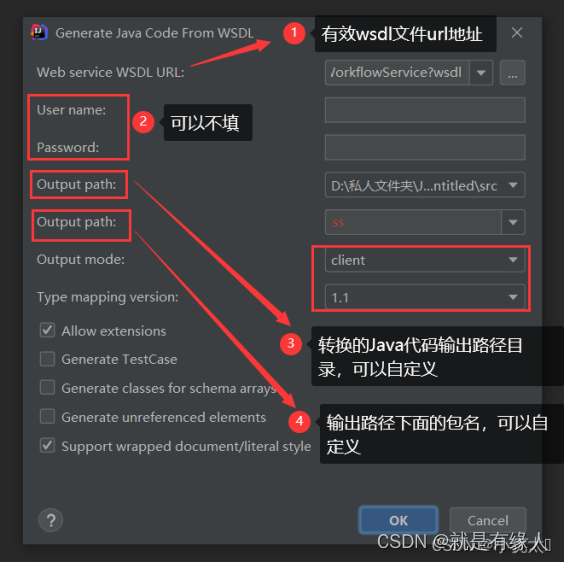
3.必须勾选Generate TestCase
(会给出调用接口的例子,照着抄就可以实现调用指定接口)
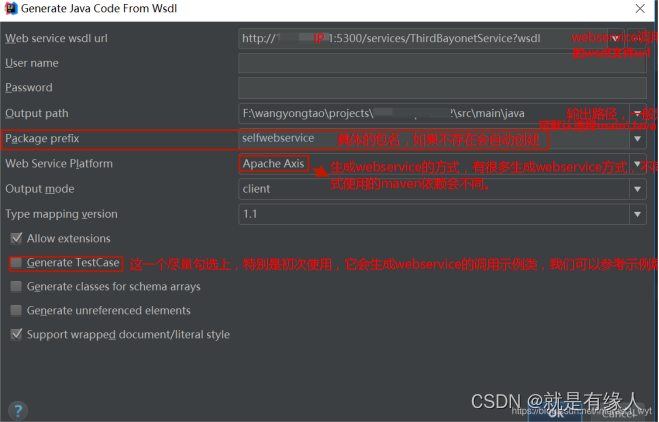
4.2点击ok报错 , 就去百度下载Axis所需的依赖 , 第一次需额外下载一个插件(直接下载完就行)
只要不是报wsdl文件出错 , 其他报错后,只要能生成代码 , 就可以使用
4.wsdl文件转换生成Java代码:成功
例子1:
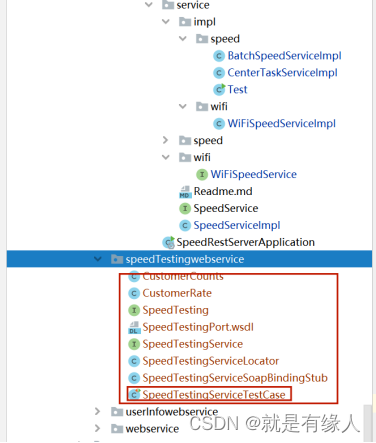
例子2:
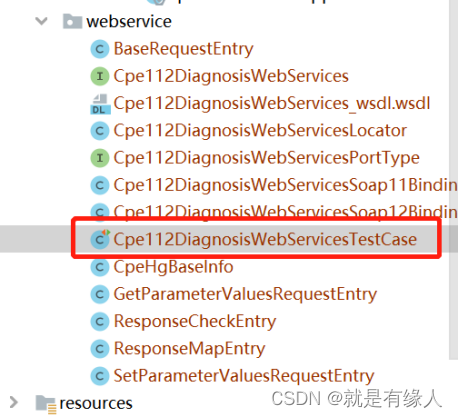
5.如何使用生成的代码
点击打开名字中带Test的这个类,找到你需要的方法,直接复制出来就能用

三、直接利用Axis2调用wsdl类型接口:
好处:不用利用idea根据wsdl自动生成webService客户端代码,然后再比照着测试类调用所需方法
坏处: 1.入参需要自己进行参数的封装 ,自己封装参数有例子也不容易
2.如果需要获取调用接口的返回值,则还不会解析返回的数据,无法得到所需的参数(没解析报文的例子,自己不会写)
Axis2 调用接口示例:
import org.apache.axiom.om.OMAbstractFactory;import org.apache.axiom.om.OMElement;import org.apache.axiom.om.OMFactory;import org.apache.axiom.om.OMNamespace;import org.apache.axis2.AxisFault;import org.apache.axis2.addressing.EndpointReference;import org.apache.axis2.client.Options;import org.apache.axis2.rpc.client.RPCServiceClient;public class Test { public static void test() { String userId = "123"; String bindAccount = "123"; RPCServiceClient serviceClient = null; OMFactory factory = OMAbstractFactory.getOMFactory(); OMNamespace omDiag = factory.createOMNamespace("http://diagnosis.interfaces.axis2.osf.nort hbound.neal.cpehg.ums.zte.com", "diag"); OMNamespace omXSD = factory.createOMNamespace("http://model.common.northbound.neal.cpehg. ums.zte.com/xsd", "xsd"); try { serviceClient = new RPCServiceClient(); Options options = serviceClient.getOptions();// 指定调用WebService的URL EndpointReference targetEPR = new EndpointReference("http://10.46.60.200:9094/axis2/services/Cpe112Diag nosisWebServices?wsdl"); options.setTo(targetEPR); options.setTimeOutInMilliSeconds(30000); options.setManageSession(true);// 指定方法的参数值 OMElement paramRequest = factory.createOMElement("request", omDiag); OMElement paramUserId = factory.createOMElement("userID", omXSD); paramUserId.setText(userId); OMElement paramBindAccount = factory.createOMElement("bindAccount", omXSD); paramBindAccount.setText(bindAccount); paramRequest.addChild(paramBindAccount); paramRequest.addChild(paramUserId); OMElement paramItemName = factory.createOMElement("itemName", omDiag); paramItemName.setText("cpehg.diagnosis.CpeBasicInfo"); String method = "getParameterValuesFromDbAndCpeByItemName"; OMElement data = factory.createOMElement(method, omXSD); data.setNamespace(omDiag); data.addChild(paramRequest); data.addChild(paramItemName); OMElement re = serviceClient.sendReceive(data);// 处理返回数据 } catch (AxisFault e) {// 异常处理 e.printStackTrace(); } finally { try { if (serviceClient != null) serviceClient.cleanupTransport(); } catch (AxisFault e) { } } }}